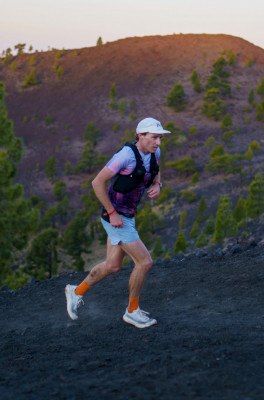10/26/2023 Fall and Winter Running - A Case Against the Treadmill
By Tristan McCutcheon - Skyrun Staffer and Sufferfest Enthusiast
With the zenith of summer in our rearview mirror, many of us are enjoying runs in the cooler temps. However, with colder days fast approaching, it's time to remember that fingers and toes get cold, traction gets questionable, and the sun sets before the workday is finished. We are talking about fall and winter running. To the uninitiated, Fall runs can be touch and go, with winter being the season of the treadmill (Or ski season!). However, as the saying goes, there's no such thing as bad weather, just poor preparation. With the right gear, hitting the trails in the foul weather months can be rewarding and critical training for the sunny and warm half of the calendar.
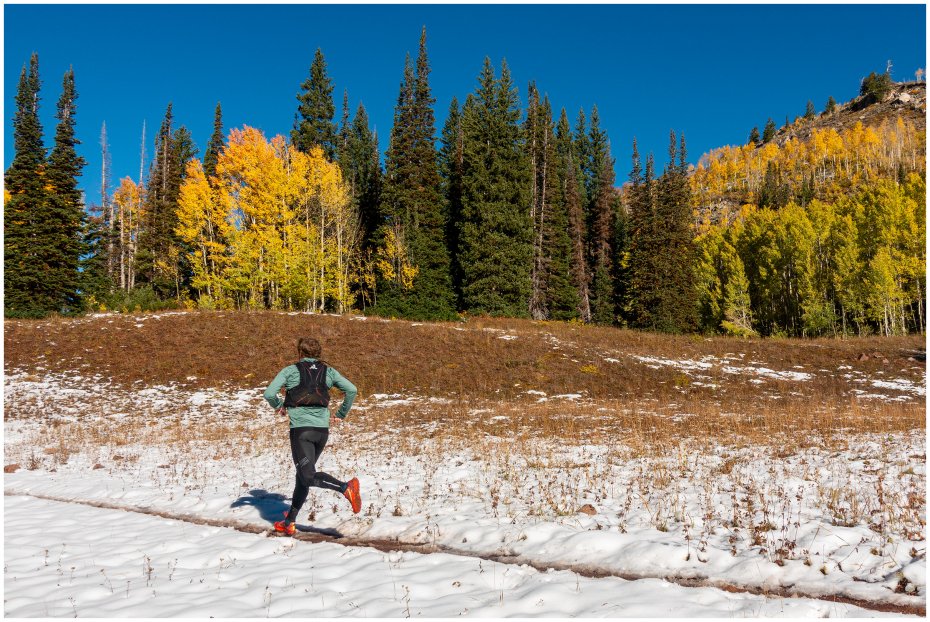
Footwear
Many spend their summer months competing to acquire the best Chaco tan. However, with the changing of the leaves comes closed-toe boxes and waterproofing. The same principles can be applied to running footwear.
In the fall, trails change with the arrival of wet and muddy conditions, as well as frosty mornings and early-season dustings of snow. Switching to a waterproof upper or adding a gaiter to your current shoe system will go a long way toward keeping your feet dry. La Sportiva has some excellent GoreTex options, with the Cyklon Cross GTX as an excellent example. A similar offering from NNormal, the Tomir WP - MC has a recyclable Sympatex® membrane comparable in terms of breathability and performance. These shoes will certainly not be the limiting factor, featuring waterproof uppers, superb ankle support, and confidence-inspiring outsoles. Purpose-built for rowdy days on the trail in inclement weather
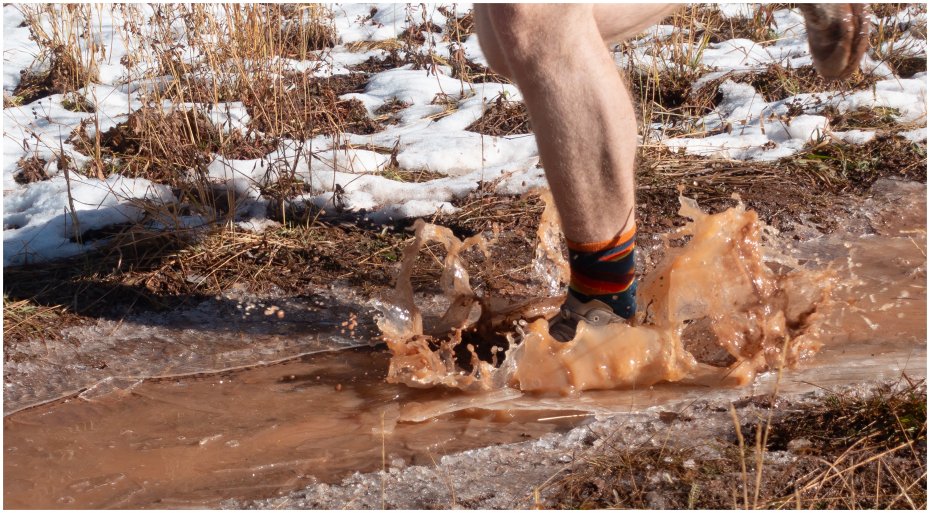
Not a built-in gaiter person, or do you want something more modular? Consider pairing a shoe with a waterproof upper and a separate gaiter. One example is the Nnormal Tomir WP LC paired with the Black Diamond Distance Gaiters. Often considered a barrier for pebbles and dust, running gaiters also go a long way in keeping mud and snow out of running footwear.
Once the snow flies and trail conditions change to packed powder and ice, rubber outsoles will no longer cut it. Metal traction is necessary to avoid sketchy butt scoots and keep things on two feet. Black Diamond created the Distance Spikes specifically with running in mind, making them a great companion for the lower profile and unique fit of running shoes over hiking boots. For those truly dedicated to the craft of winter running, the La Sportiva Blizzard GTX is the ultimate tool. Featuring hobnail inlays replacing microspikes and a fully waterproof built-in gaiter, all you need to do is lace up and hit the trail! La Sportiva also sells their Hobnails and Tool Kit separately, in case you want to upgrade a pair of running shoes with at least 4mm lugs and a rubber sole. A mid-cut waterproof shoe like the Nnormal and La Sportiva options listed above are excellent candidates.
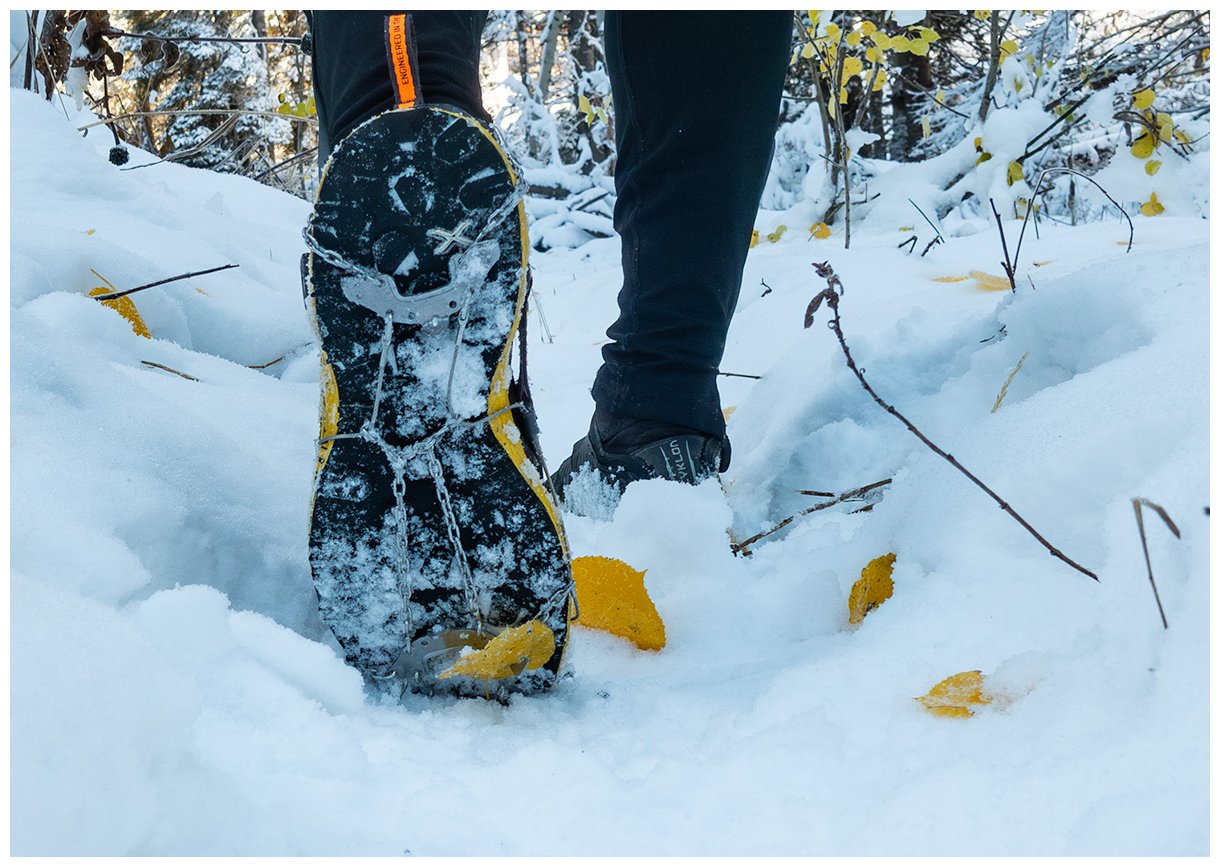
Socks
Another crucial component of a footwear system is the humble sock. At this point, any self-respecting runner has long ago ditched cotton socks. However, socks have become far more technically engineered than simply material differences. Featuring thoughtful areas of compression, no-slip technologies, and nuanced form factors, a good pair of socks can go a long way (yes, that is a pun), especially in the wetter months.
Tops
Running in the summer months is all about managing heat. Whether that be ultra-lightweight wicking fabrics, hat brims to protect against powerful UV rays, or pounding hydration mix. When temperatures drop, our layering system needs to change accordingly. That could be as simple as adding a wind or waterproof shell to the mix in the fall. When things get cold, a fleece or puffy can be an excellent addition to the running vest for an all-day affair.
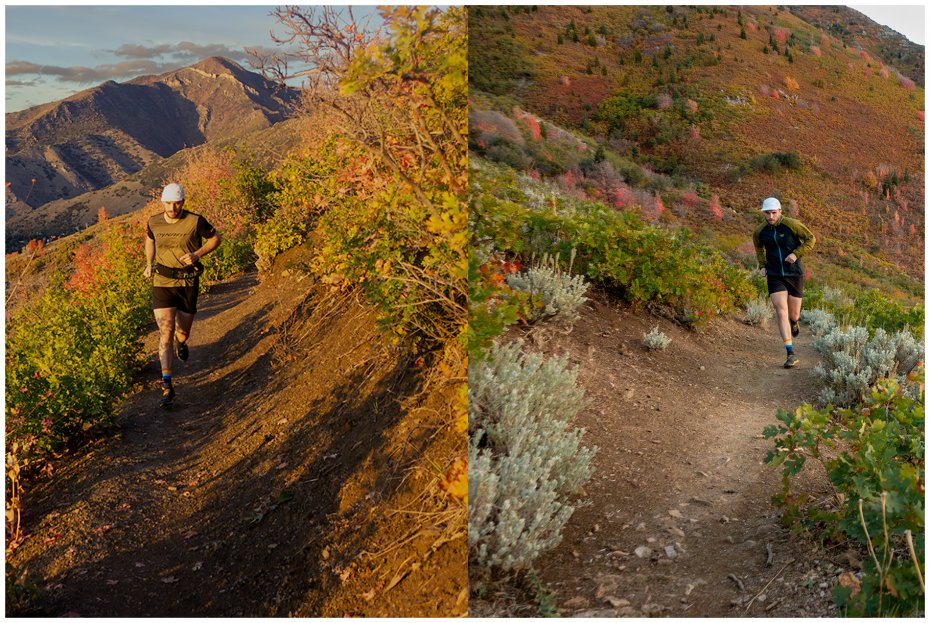
Bottoms
Fall is the Goldilocks season of mountain running. Colder temperatures allow for higher output, the snowpack in the alpine is gone, and there is still enough daylight for big days. In these mild temperatures, most folks will continue running in shorts. Transitioning from shorts into tights can be worthwhile as temperatures drop. When the thermostat dips low, Dynafit's Winter Running Tights are versatile and excellent for multiple winter activities. Also, it is worth packing rain pants in the running vest on longer days with questionable weather.
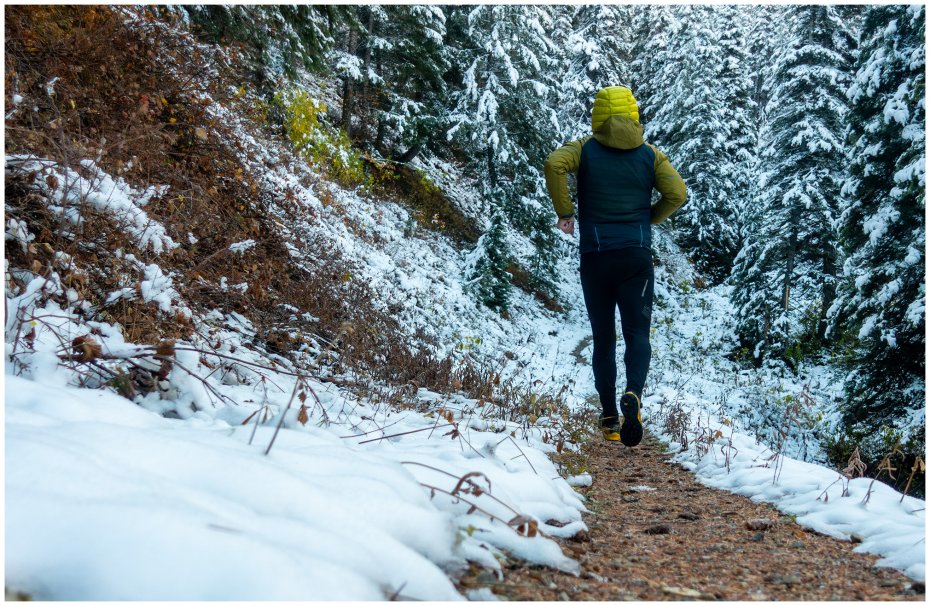
Accessories
Fall and winter running present some challenges outside of footwear and layering. First and foremost is lighting. With late sunrises and early sunsets, squeezing any running into the daylight hours can be challenging. A good headlamp will go a long way toward making dark hours on the trail enjoyable. The Iko from Petzl is an excellent trail running headlamp, with the unique AIRFIT headband keeping it locked in place no matter the jostling. However, if you prefer more lumens on techier runs, the Petzl Nao RL puts out an incredible 1500!
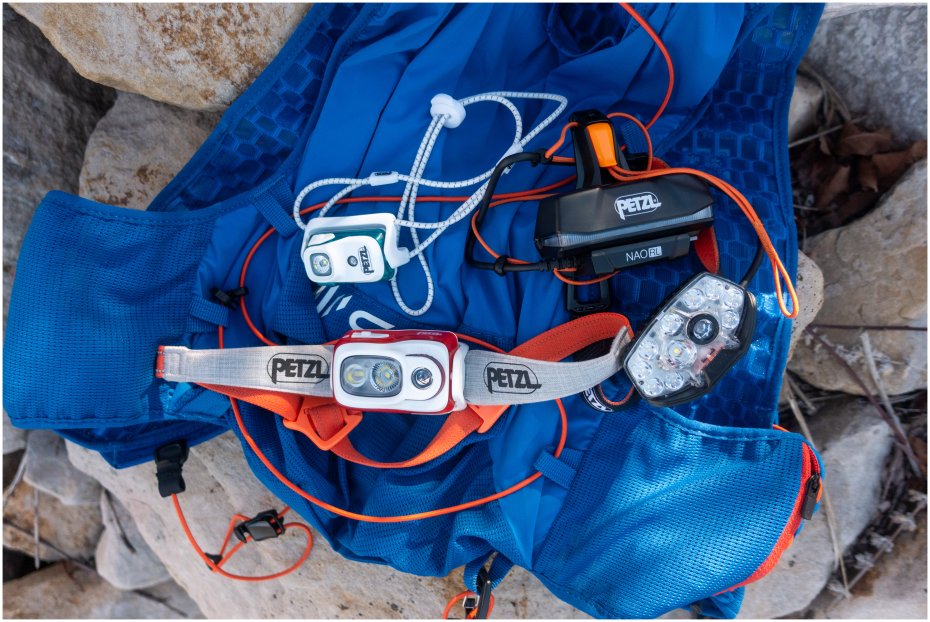
Outside of the apparent running economy benefits, poles contribute to stability in the colder months with the uncertain footing of a wet or icy trail. Check out our options here. If you already have a set of Leki poles, check out the winter running kit for when the snow gets deep!
Next up, extremities. The colder months require some additional bundling for comfort. Although you do not lose 80% of your body heat through your head, a hat or headband is certainly added comfort. On the most bitter days of midwinter, frostbite can also be an issue for any exposed skin. Luckily, Dermatone has you covered literally with its Skin Protector.
Storage
Additional storage space is necessary for a running vest during prolonged runs in fall and winter or inclement weather. In the summer, a running belt or vest under 5L will typically cover your needs. However, once the snow starts flying, a capacity of 5-20L is wise to fit the additional cold weather protection. Check out a comparison of our higher-capacity vests here. When the thermometer dips below 32, it's only a matter of time until external bottles and bladder hoses freeze. Hose insulators merely delay the inevitable. Switching to a soft flask stored inside a running vest or close to your core in a running belt is a far more effective cold-weather hydration strategy. Alternatively, an insulated bottle filled with warm water works as external storage.
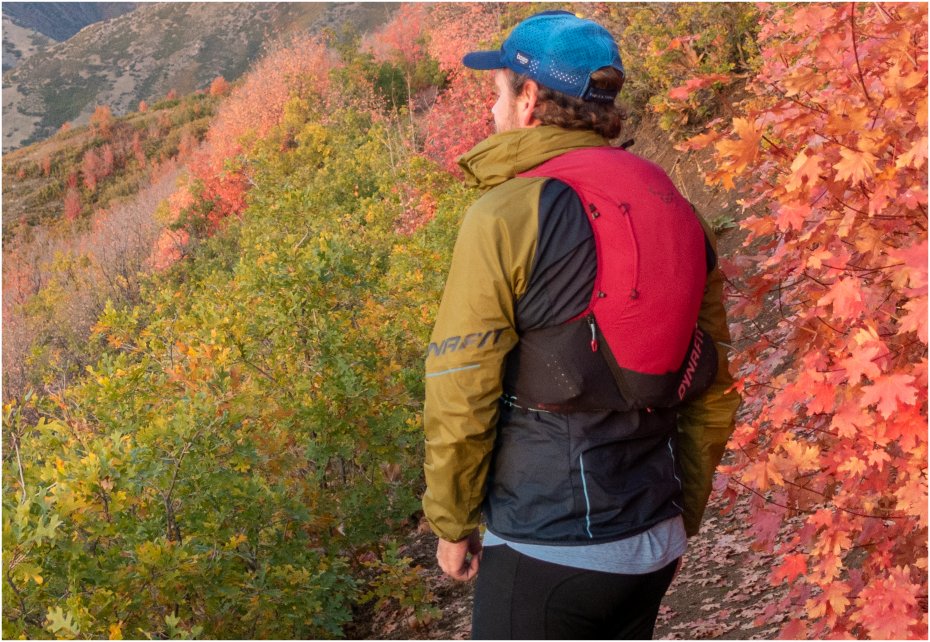
Maybe you have tried winter runs and found them more type two fun than you bargained for. Or perhaps you are looking to extend your mountain running season beyond five months. Regardless, the right gear can make a big difference in the fall and winter. The correct footwear system will keep toes warm and provide traction when the trail gets icy and wet. Appropriate layering will maximize comfort no matter the weather. Finally, proper lighting, the right amount of storage, and a set of poles will make you unstoppable, whether on an evening jaunt or an all-day epic.
Comments
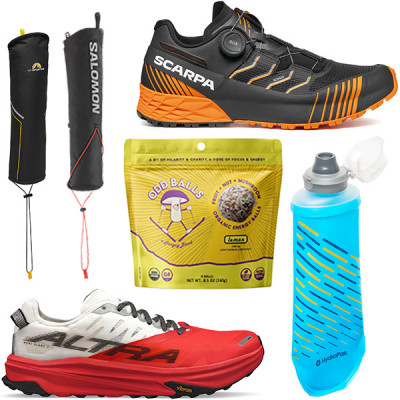
4/8/2024
2024 Running Season Preview
